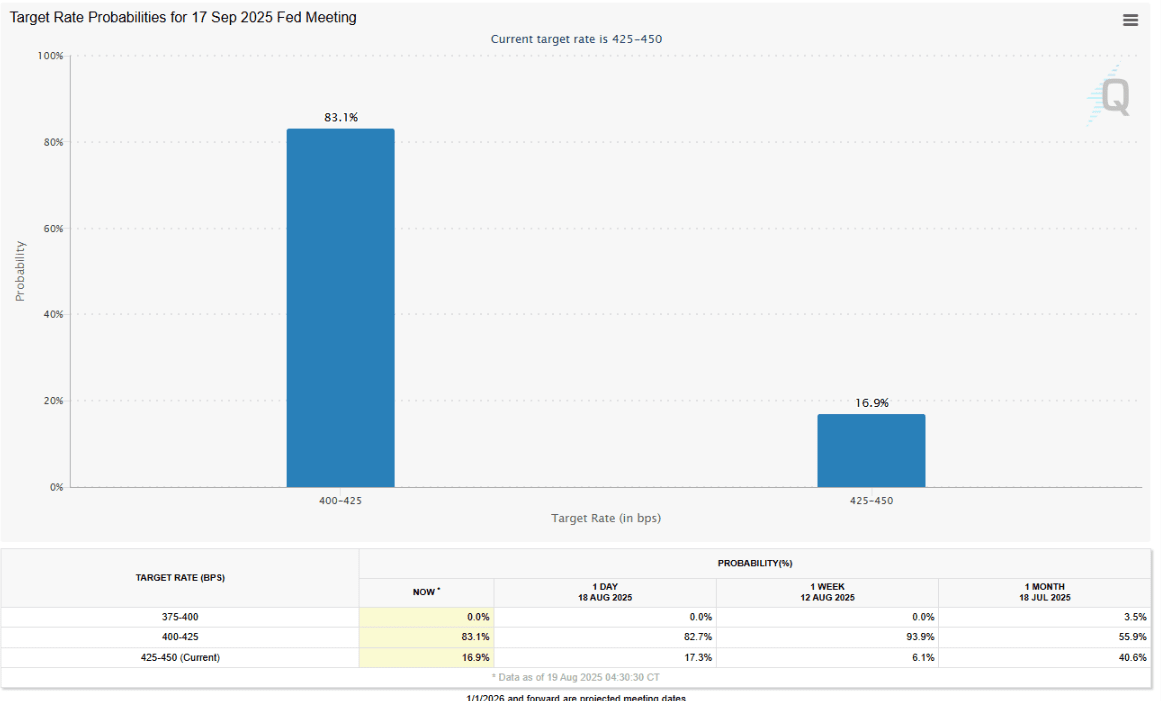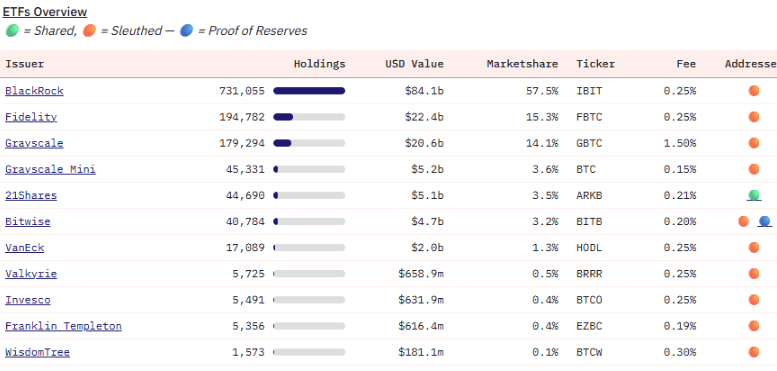Incorporating cryptocurrencies into retirement plans in the U.S. could mark a significant milestone in Bitcoin acceptance, while opening up billions of dollars in new capital that could push the asset's price above $200,000 by the end of 2025, according to André Dragosch, head of European research at cryptocurrency asset management firm Bitwise.
President Donald Trump facilitated the integration of cryptocurrencies into 401(k) retirement plans in the U.S. by signing an executive order on August 7, allowing people to access digital assets through their retirement plans.
According to Dragosch, incorporating cryptocurrencies into 401(k) plans could have a greater impact on Bitcoin prices than the approval of Bitcoin ETFs in the U.S. in January 2024. He believes this “positive” development could be “bigger than the approval of Bitcoin ETFs in the U.S.,” with the potential to attract an additional $122 billion in new capital, assuming a modest allocation rate of 1%.
Dragosch emphasized: “The official prediction remains $200,000 by the end of the year.” He also mentioned: “When considering 401(k) retirement plans and defined contribution plans in the U.S., they are actually very large.” He suggested that a 1% allocation rate is a “relatively conservative” estimate for the $12.2 trillion industry.
Including digital assets in retirement plans will allow 401(k) portfolio managers to invest in Bitcoin ETFs, which could push Bitcoin prices to new record highs, creating an optimistic signal for Bitwise's Bitcoin price target of $200,000 by the end of 2025.
The Fed's policies and retirement plans: Two main drivers
According to a Bitwise survey of financial advisors, most portfolio managers tend to recommend a Bitcoin allocation rate of 2.5% to 3% for retirement plans, indicating that the potential influx of capital will be greater than the initial allocation rate of 1%.
The first flow of Bitcoin capital from retirement plan managers could appear as early as this fall, coinciding with the Federal Reserve's (Fed) first anticipated interest rate cut, which could drive Bitcoin to new highs. Dragosch said: “If you see more Fed rate cuts, there is certainly a possibility of reaching $200,000 by the end of the year.”
The market is currently predicting an 83% chance that the Fed will cut interest rates by 25 basis points at the next Federal Open Market Committee meeting on September 17, based on the latest estimates from CME Group's FedWatch tool.

In addition to improving expectations for monetary policy, the acceptance of Bitcoin could also be driven by the financial incentives of 401(k) plan providers to offer access to Bitcoin ETFs.
BlackRock, Fidelity, and Vanguard are the largest retirement plan providers in the U.S. While Vanguard has yet to “approve” cryptocurrency ETFs, Dragosch stated: “BlackRock and Fidelity have strong economic incentives to include these Bitcoin ETFs in their standard plans.”

BlackRock is currently the largest Bitcoin ETF issuer, the iShares Bitcoin Trust, with over $84 billion in assets under management, accounting for 57.5% of the overall market share, while Fidelity's ETF ranks second, holding $22.4 billion, accounting for 15.3% of the overall market share, according to data from Dune.
On Friday, the Chairman of the U.S. Securities and Exchange Commission, Paul Atkins, confirmed that the agency is coordinating with the Trump administration to allow retail investors access to retirement plans with private capital, including cryptocurrency assets, while emphasizing the need for “appropriate barriers” around alternative investments.